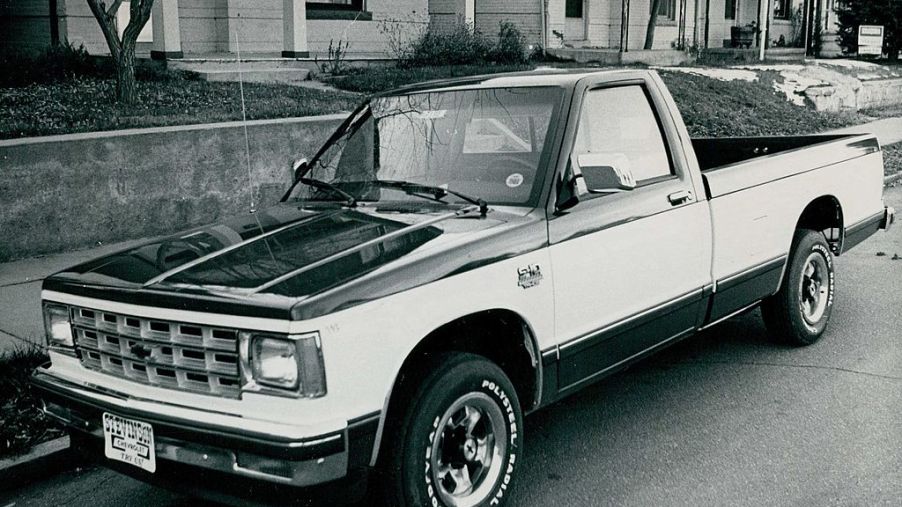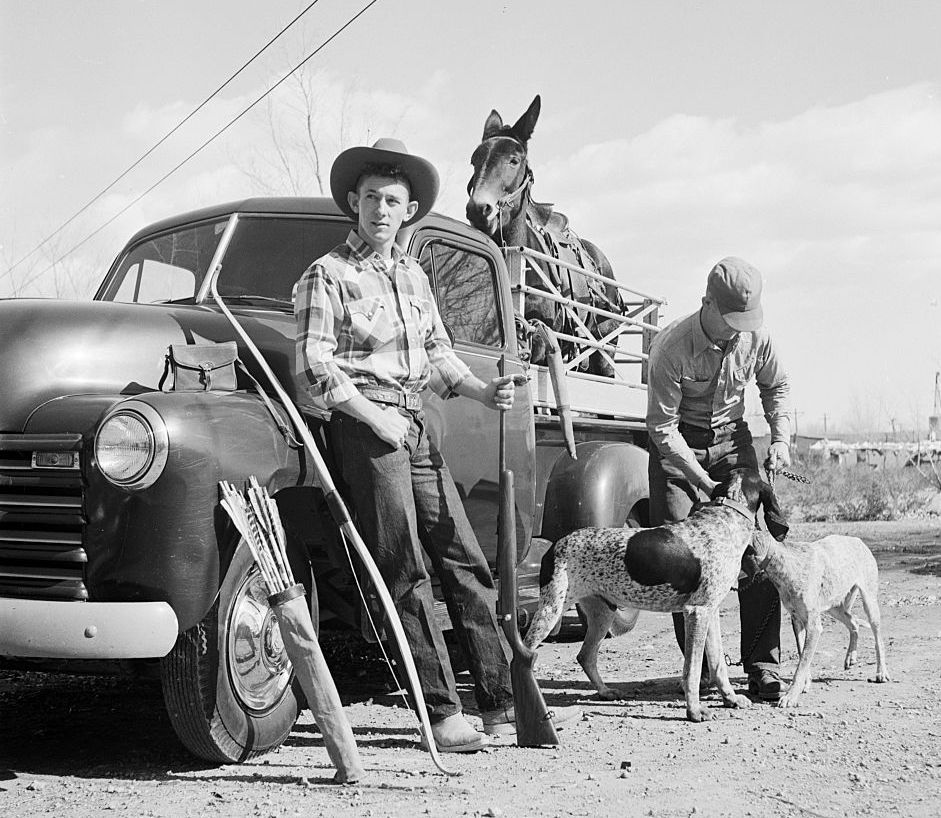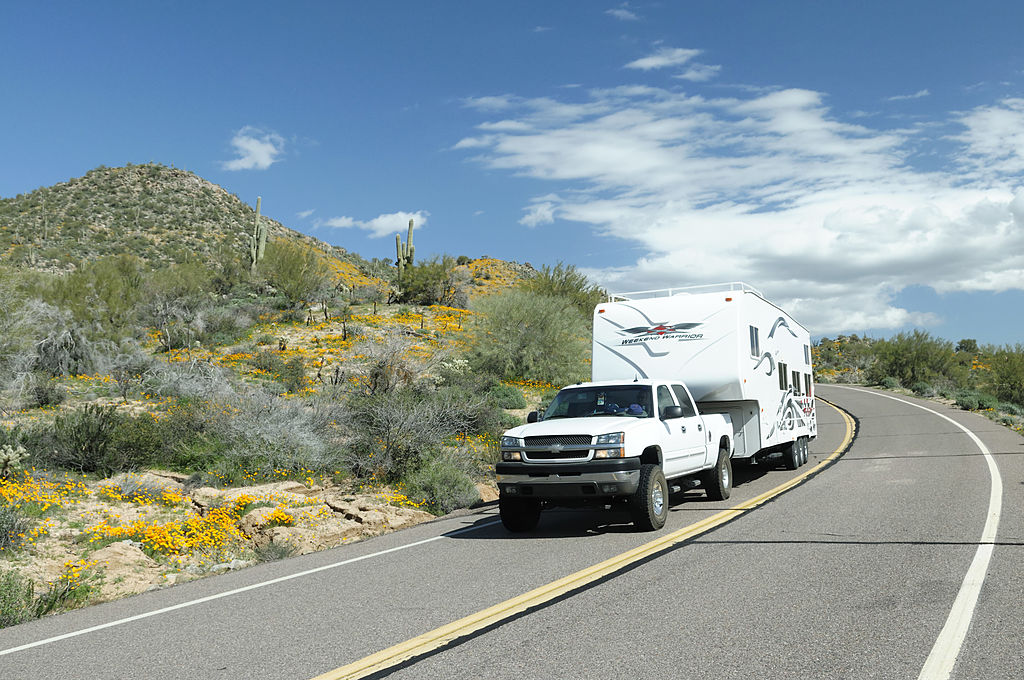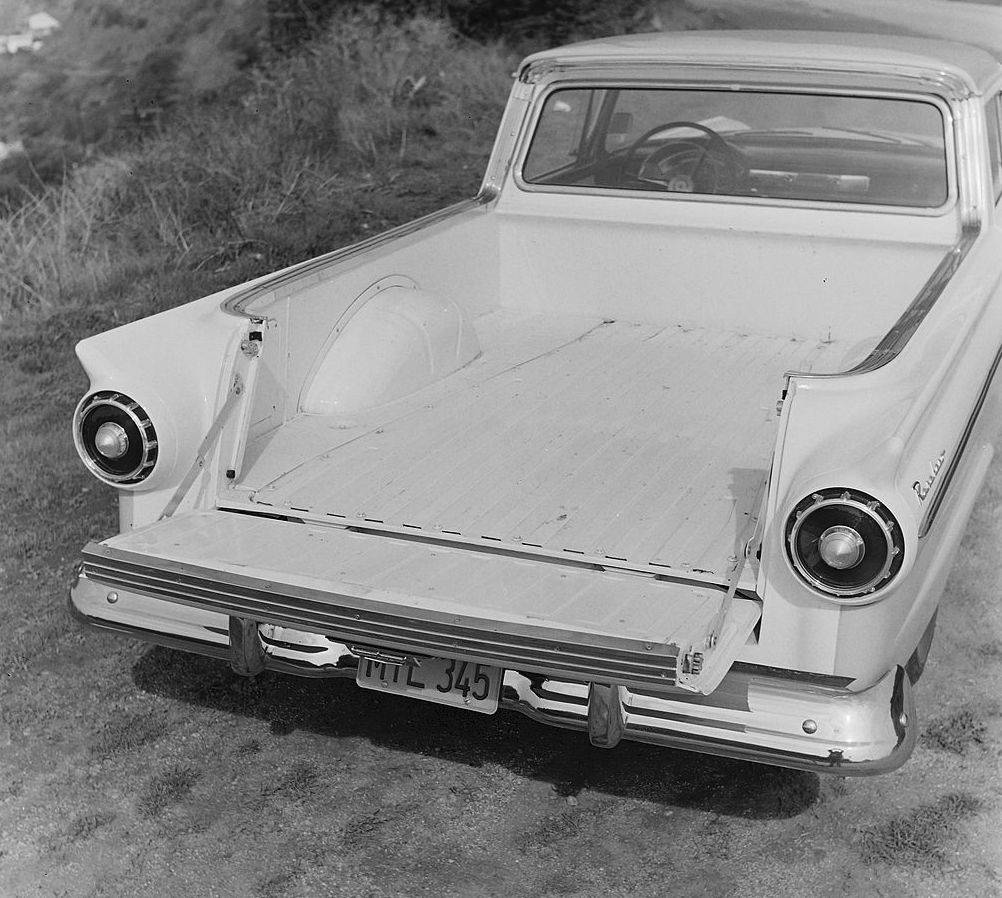
Will Small Trucks Get Their Day In The Sun Again?
It’s inevitable that we are going to see a return of the small truck. There are many indicators both culturally, within the auto industry, and economic factors, all pointing to smaller trucks on the horizon. So, will small trucks get their day in the sun again? We’ll show you why they will
One of the main complaints we hear at Motor Biscuit is that trucks and SUVs are too expensive. We agree. The disproportionate price between what a car and truck were in the 1980s compared to now is a lot larger. Yes, trucks and SUVs have more tech, better interiors, and more standard features. But those were options in days past that a buyer could opt out of by purchasing a less-optioned vehicle. Those choices are much more narrow today.
Loaded trucks and SUVs weigh more, get less mileage, and are harder to maneuver

The obvious result is that trucks and SUVs weigh more than in the past. That’s because they’re loaded up with all kinds of tech, extra sound deadening material, etc. Airbags and curtains, extra audio components, and emissions equipment all add the poundage. That lowers mileage and promotes wear.
A smaller truck minimizes all of those factors. They are also easier to maneuver, fit parking stalls better, and do almost as much hauling as a half-ton. By all means, if you’ll be hauling a boat or trailer, or need the extra bed capacity for whatever reason you should stick with a regular truck.
Trucks and SUVs are made bigger than in decades past

Trucks and full-size SUVs have also gotten larger. Most midsize trucks are the size of what used to be full-size just a decade or two ago. So for most everybody what is a midsize pickup worked well for decades. So, a smaller truck compared to a midsize should still be a bit larger than the mini-trucks of the 1960s and 1970s.
Car manufacturing is screeching to a halt as everyone gets on the pickup/SUV bandwagon. So car companies are cutting products. They can either increase prices to make up for the shortfall or they can try to plug in truck and SUV replacements. The latter seems to be what’s going on. Slowly Ford, GM, and Fiat Chrysler are finding pickup and SUV niches giving more variations than ever before.
What’s the one niche that’s missing? There are small SUVs for sure. But pickups of the smaller variety are still missing. We know that Ford has just announced to its dealers a smaller pickup that will be priced under $20,000. If Ford is doing it we’re sure GM is whipping up something to compete. So we know smaller trucks are just on the horizon.
We know that Ford will introduce a small pickup in 2021

And we know from those same Ford dealers that the small truck will come in many variations including stripped. That is how Ford will get the price point under $20,000. Just like back in the 1970s and 1980s. It’s not rocket science. Ford can offer up a range of models and then let the chips fall where they may. Maybe a pickup under $20,000 won’t sell because buyers don’t want a stripper. But, we bet it will have plenty of takers.
We are also creeping back to the days of environmental concerns due to global warming. It’s happening whether you believe it or not. There are plenty who are already eyeing opulence with disdain. That’s why all of the actors and personalities mostly drive around in EVs and hybrids. It imparts a concern for the environment. Teslas and Priuses are the new status symbols because of what they represent; a concern for mankind and the environment.
So how do you think those big cubed Suburbans are looked upon. As the evil eye is cast more often toward trucks and SUVs smaller versions will become more appropriate to society. We don’t judge, we are just passing along what we already see here in the Los Angeles area.
We don’t think that these small trucks will be like Utes, but who knows?

Whether these smaller trucks will take the form of Australian Utes; what we know as El Camino and Ranchero, is unclear. But we doubt we’ll see two-door Utes as four-doors are more convenient. The Hyundai Santa Fe will be one of the first when it arrives late this year to test that theory. Honda’s Ridgeline is also fairly close to what a Ute once was.
Based on a unibody platform it sells in the 30-35,000 range year in and year out. That’s not huge numbers, but then again Honda didn’t have to develop an entirely new platform to create it. And a lot of components are shared with the Pilot, so there is a lot of component sharing that can be amortized over an additional 35,000 units every year. That’s how car companies slice the numbers.
So keep your eyes open for more trucks and SUVs of all stripes-especially smaller versions.



